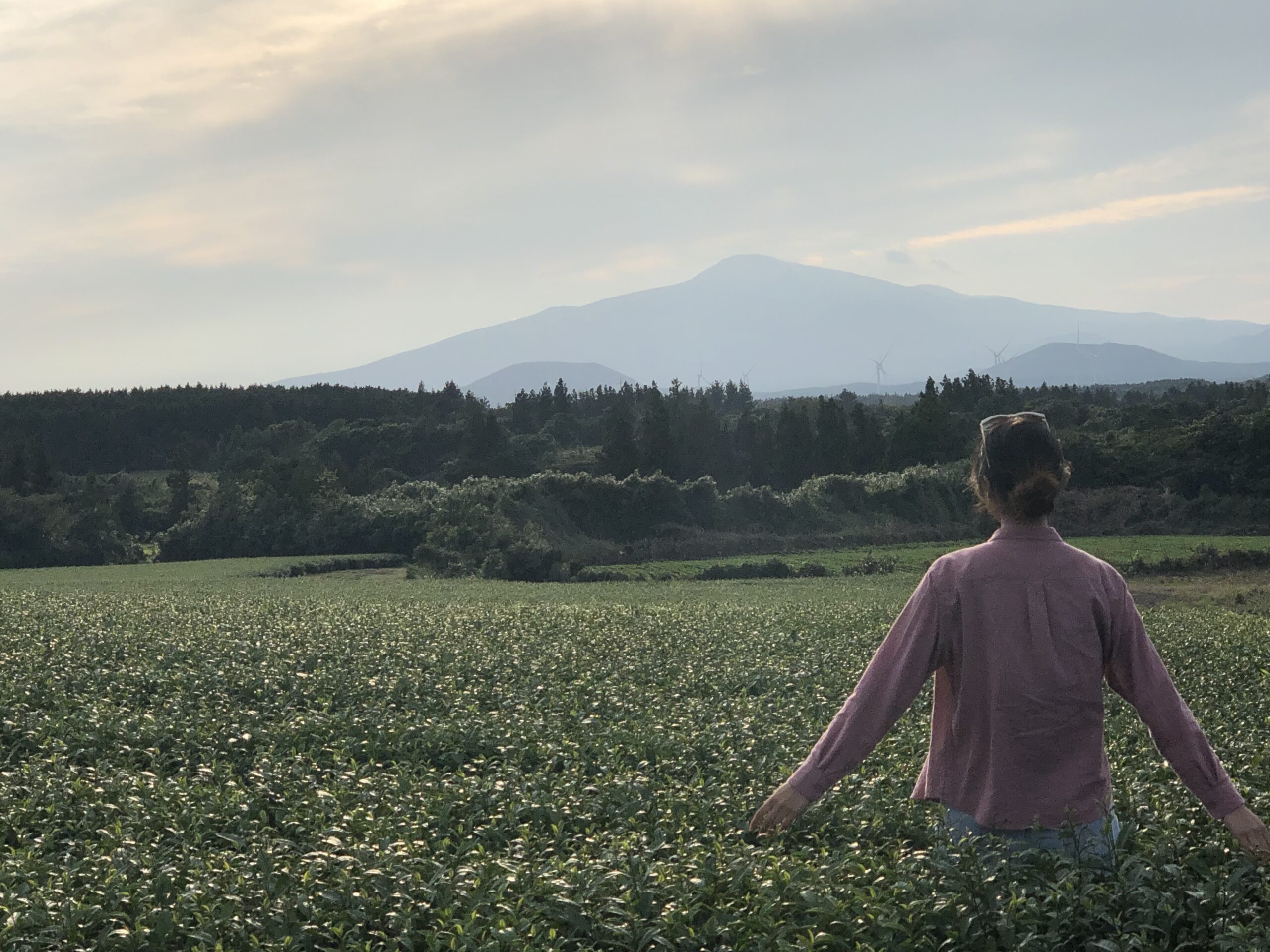Continuing on with our final nine “things you should do when you find yourself on Jeju Island”:
(10) CLIMB HALLASAN
Jeju Island owes its very existence to the hulking, dormant volcano at its centre called Hallasan. You can take in its rising profile and crowning peak from anywhere on the island, weather permitting. With a height of 1,947m, Hallasan is South Korea’s tallest mountain… meaning, we had to climb it.
There are two routes up to the summit. We chose the eastern one, Seongpanak Trail (성판악 탐방로), which had a far gentler slope. It is a popular hike and even on a weekday it was quite busy. The trek up is very scenic – you are mostly hiking through forests before breaking above the tree line and being treated to awesome views of the island. It is a fairly easy-going hike, but it is long – 8 hours and wobbly knees for us.
One of the key attractions is found at the peak. You get incredible views of the volcano’s crater and its crater lake called Baengnokdam (백녹담), or “White Deer Lake”.


(11) BEAUTIFUL BEACHES
Every now and then, Jeju’s jagged coastline of black volcanic rock relents, leaving room for a beautiful white-sand beach oasis. During our circle around the island we found the best beaches to be in the north, particularly Woljeong (월정) beach, Geumneung (금능) beach, and black-sand Iho Tewoo (이호테우) beach.
We experienced very tame waves which made for relaxed swimming but pretty mediocre surfing. Snorkeling was great – lots of interesting volcanic rock formations and sea life. Jeju also offers some good scuba options, but decided against giving it a go.
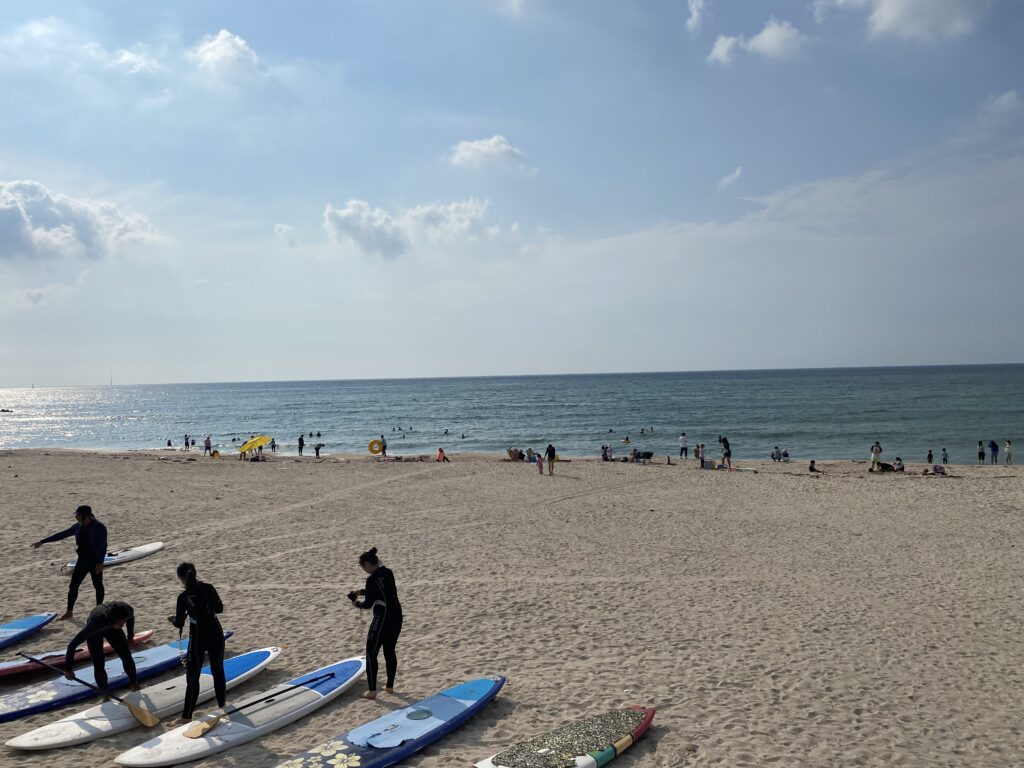
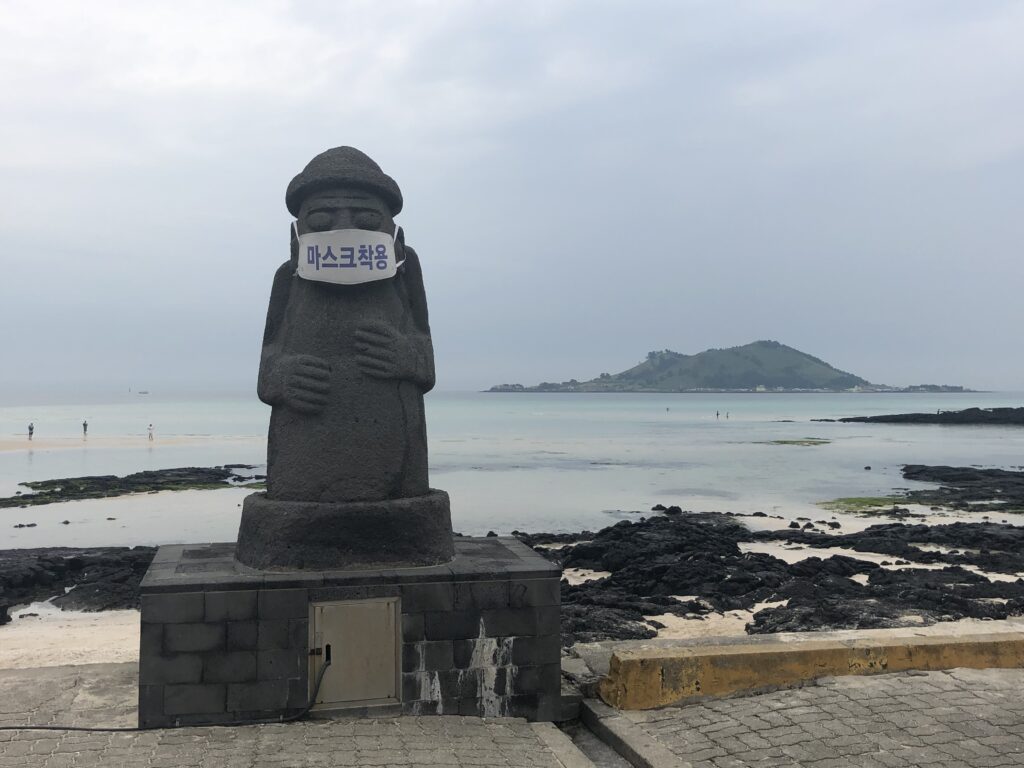
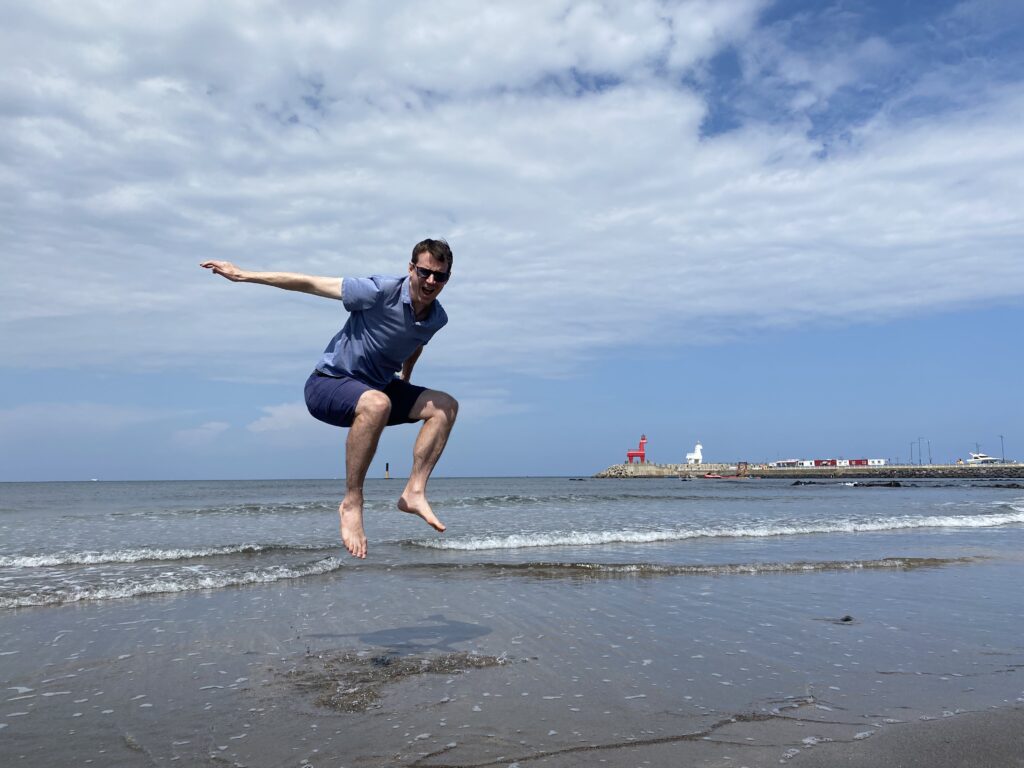
(12) GREEN TEA PLANTATIONS
Jeju is home to a number of well-known green tea brands, and it is noted that the island’s unique geology and climate create excellent growing conditions. We popped into a couple plantations during our three-week stay – the very famous “O’Sulloc” plantation in the west and “Onulun” in the east. Both were incredibly picturesque and housed decent tea shops for you to sample the goods. Green tea ice cream is thing too, but I’m not sure that it should be (thumbs down).
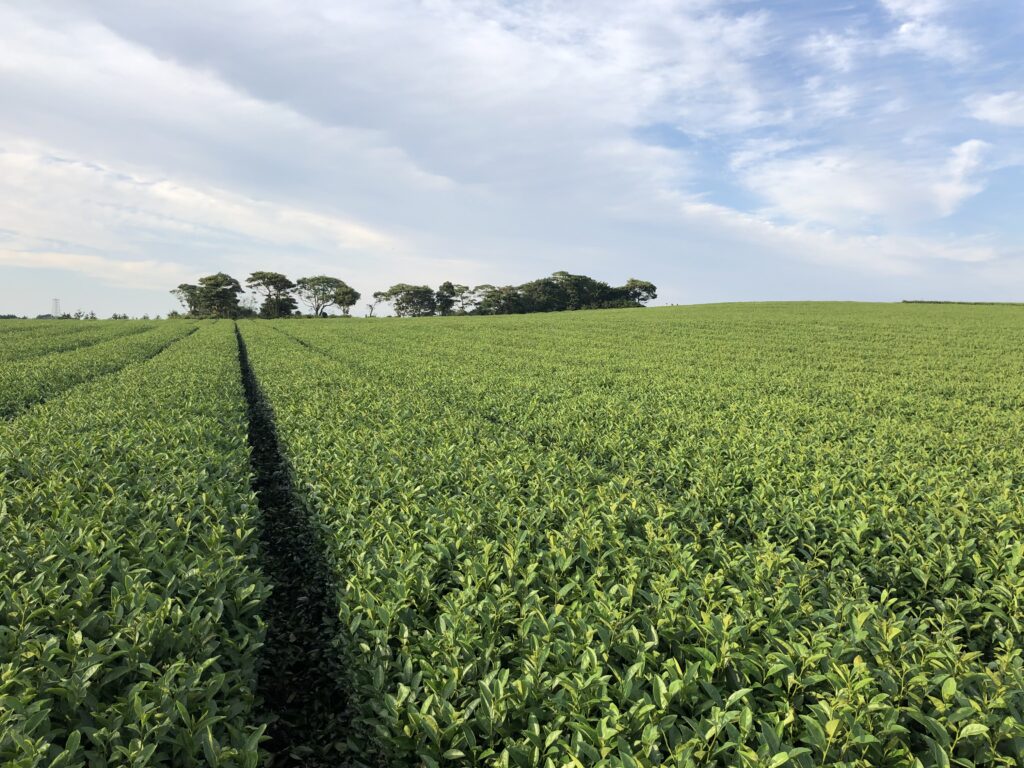
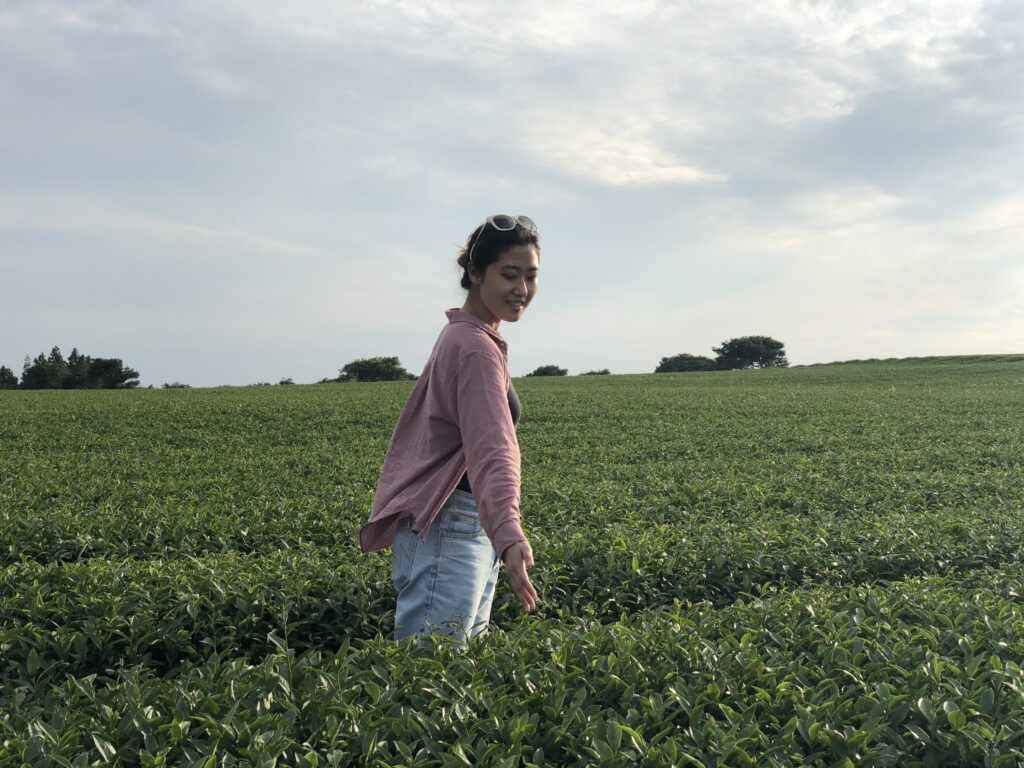
(13) CAVES
Jeju is home to “lava tube” caves. Somewhere between 200 and 300 thousand years ago, lava was doing its thing and flowing out of Hallasan. In various places, the surface of this flow hardened into a roof of sorts, leaving tubes of lava flowing beneath. These lava conduits continued for some time, but eventually the amount of flow decreased (and you can see flow level markings on the cave walls today). Once the flow completely stops, you’re left with very long round tunnels called “lava tubes” or “pyroducts”, i.e. caves. Jeju’s longest and most famous is Manjangul (만장굴). It’s 8km long, and tourists can stroll down about a kilometre of it, arriving at a very weird looking lava pillar at the end. It’s cool, unusual, and fascinating.
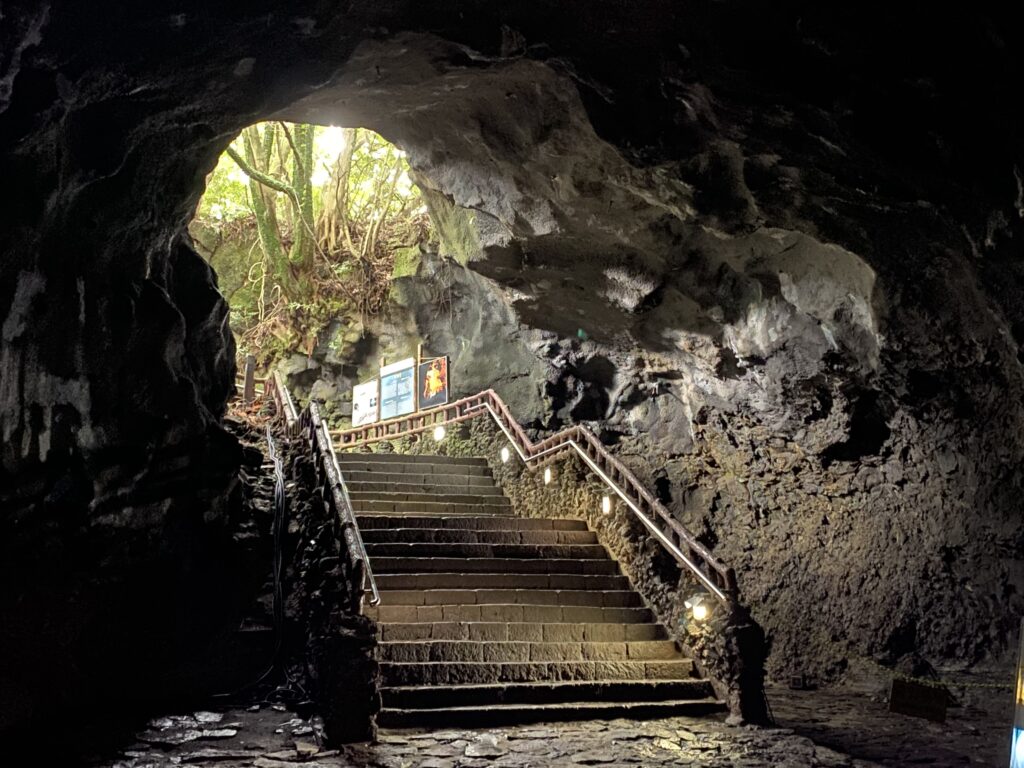

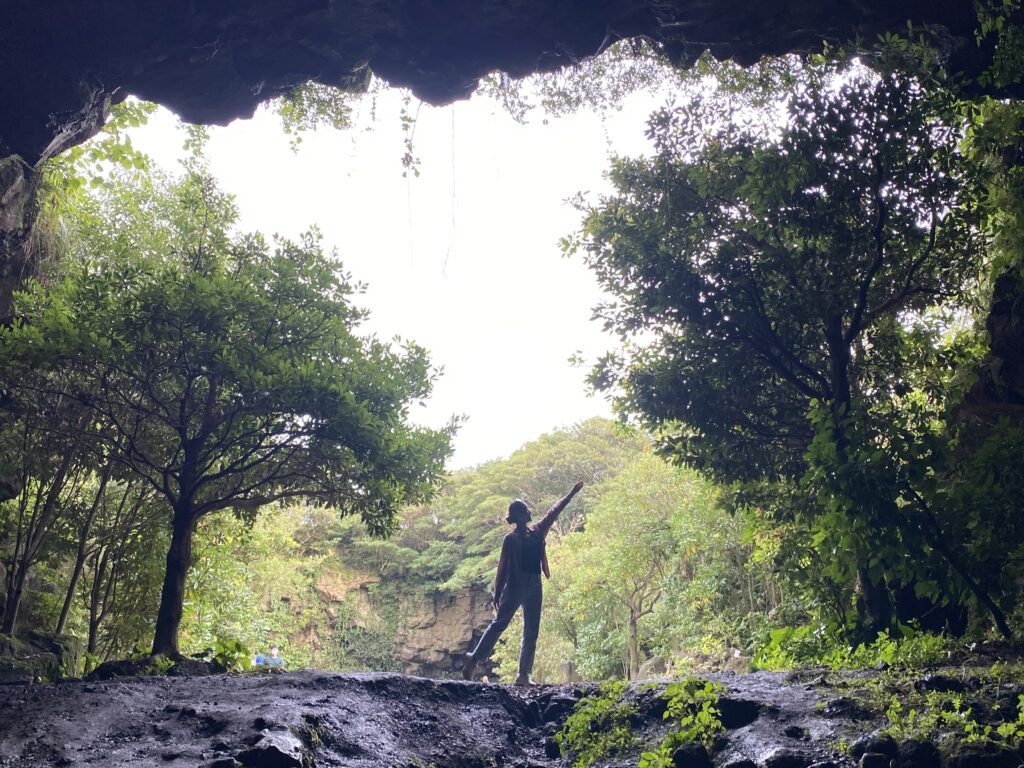
(14) PORK
Jeju is synonymous with the Jeju Black Pig (제주흑돼지) which amazingly, in 2015, became one of Korea’s natural national treasures. This prized pork is best eaten in typical “Korean barbeque” fashion, but we also tried it in pork noodles (고기국수), pork cutlets (돈까스), and even kimchi stew (김치찌개). It tastes quite a lot like regular pork, but who can resist indulging in a matter of national importance.
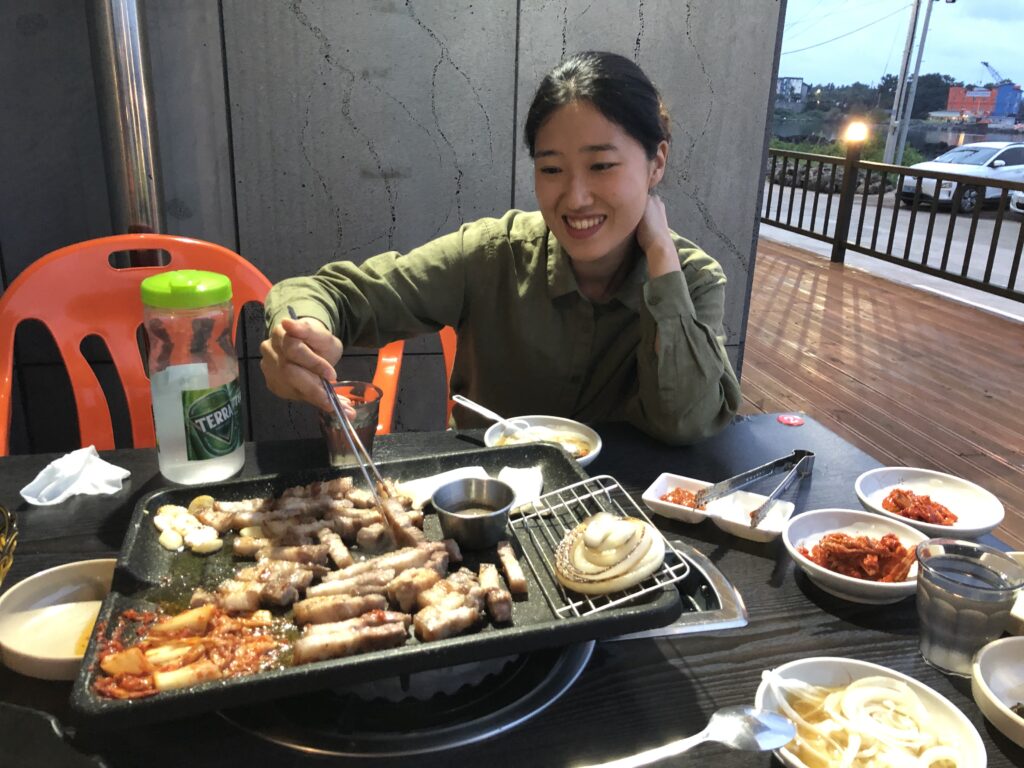
(15) MUSEUMS
Owing to some type of tax break, Jeju is packed with museums. Topics range from Hello Kitty and butterflies to Greek mythology. But nothing topped the Nexon Computer Museum, close to Jeju City. The first floor has some impressive displays of historic computer equipment, including an original functioning Apple 1 (one of six in the world). But the second floor is where the magic happens – a large room full of fully-functioning old games like “Bubble Bobble” and “Raiden” arcade games and old Nintendo and PC games. It is a very entertaining way to spend a few hours, and easily claimed our Best Museum award.
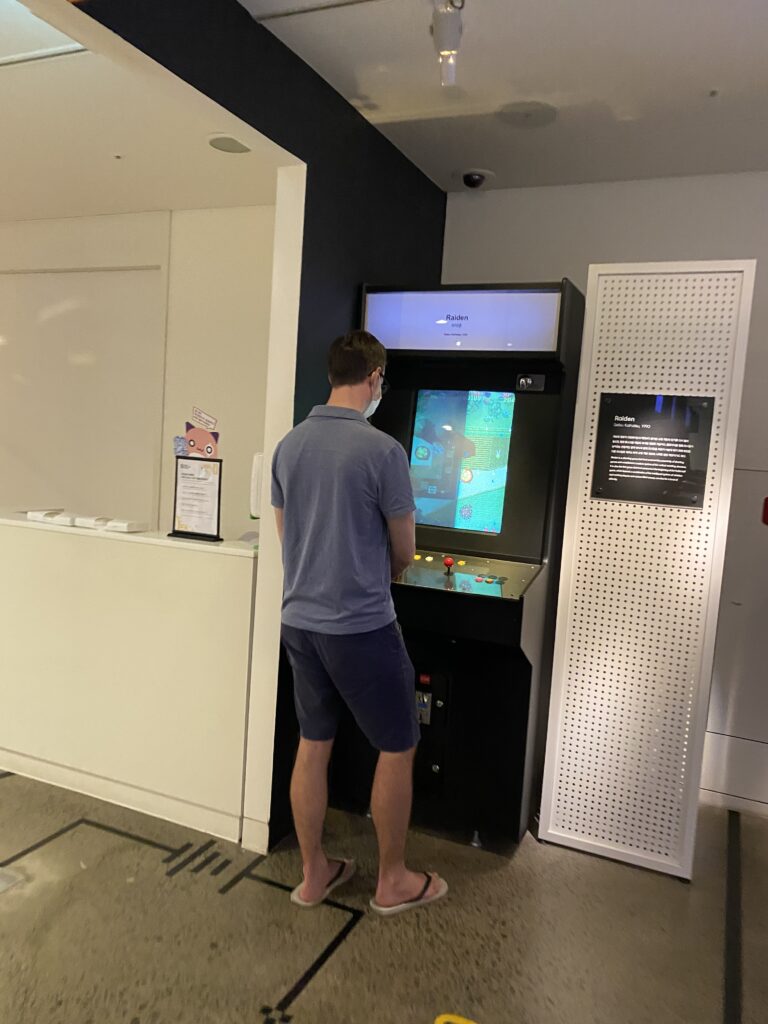
(16) STROLLING IN NATURE
There are a handful of popular trails through Jeju’s central forests, including the picturesque Saryeoni Forest Trail (사려니숲길), weaving between cedar, oak, and birch trees. Add a bit of soft rain for maximum effect.
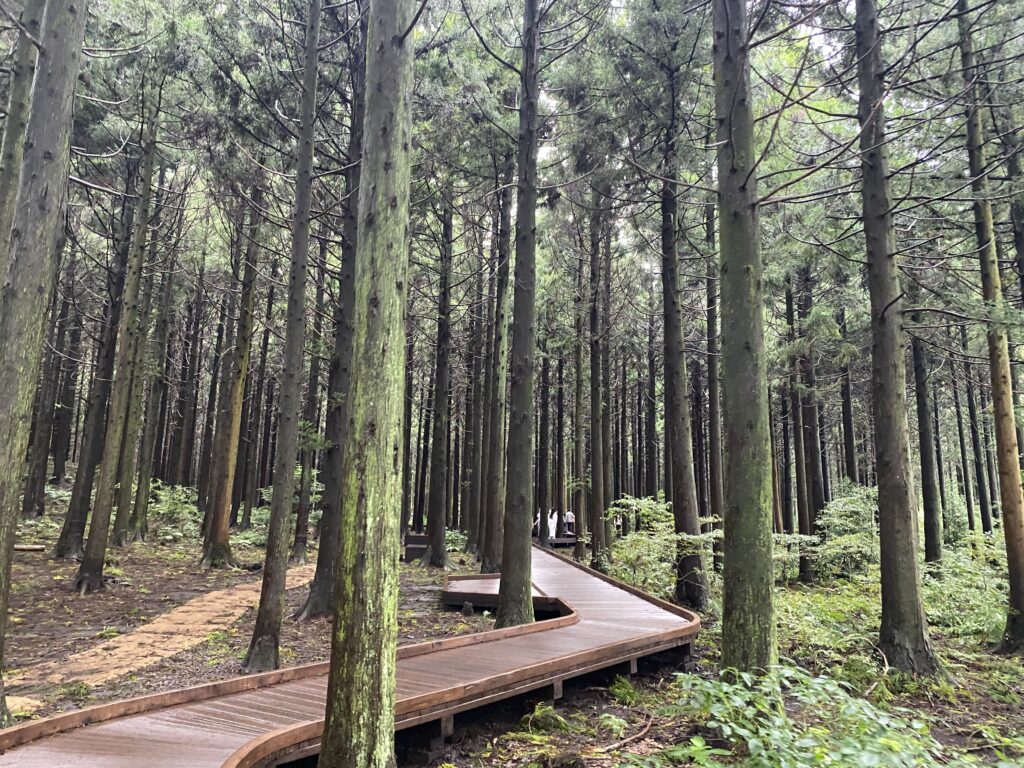
(17) TEMPLES
We stopped in at the grand Yakchunsa Temple (약천사), in the Jungmun area along Jeju’s south coast. It is a fairly new temple, but what it lacks in history and tradition, it makes up for in scale and grandeur. It is a huge complex, with a host of interesting things to explore while strolling around.
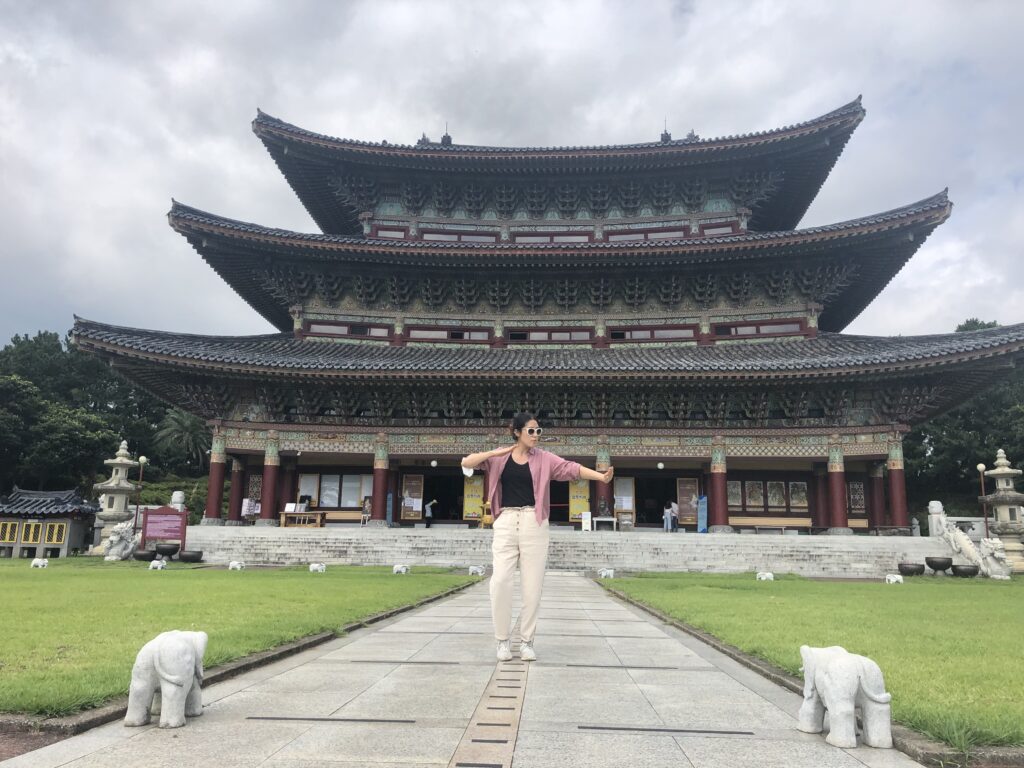
(18) WATERFALLS
Jeju is home to a handful of very famous waterfalls, mostly along the southern coast, which make for decent one-hour stops.
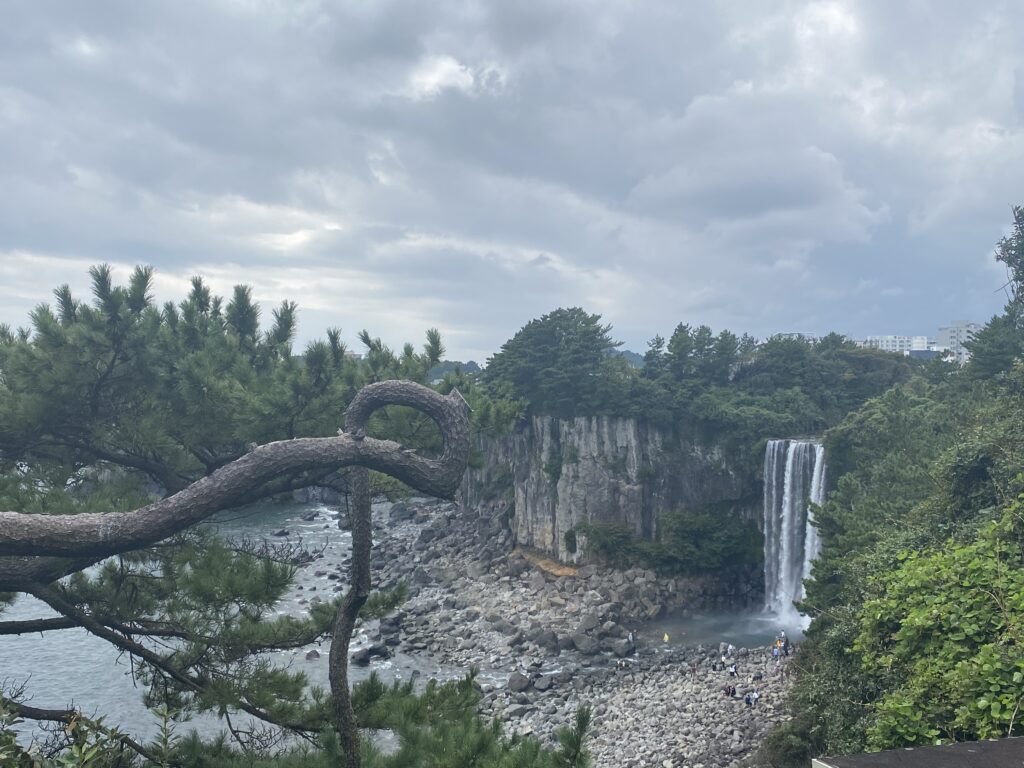
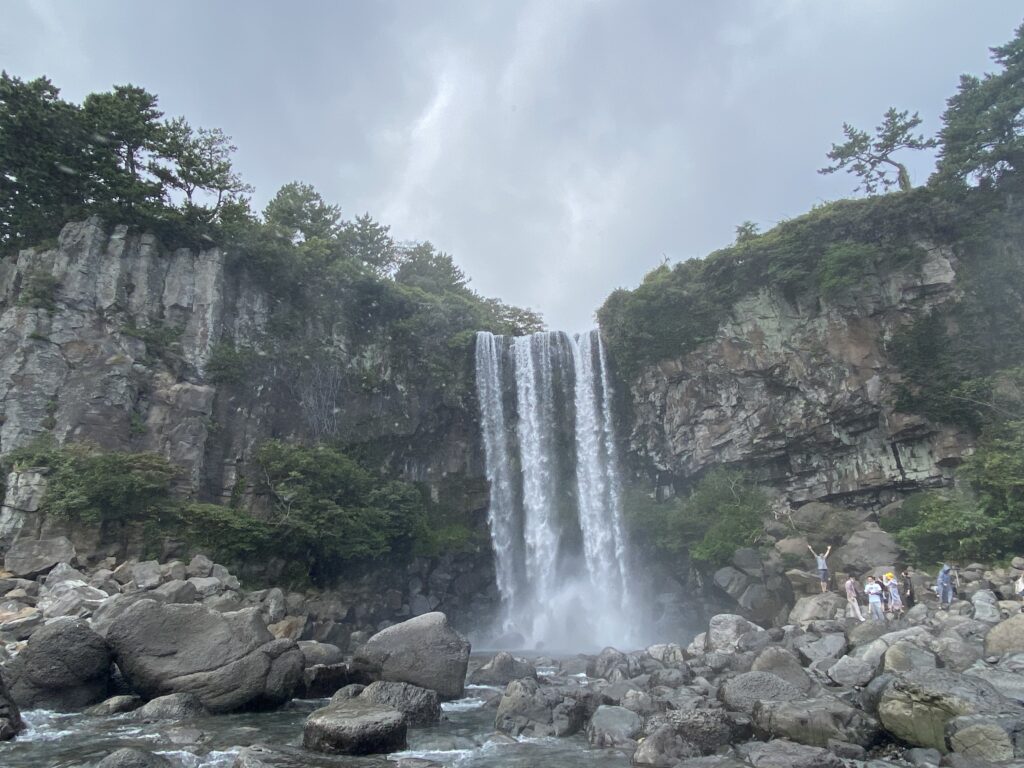
That’s the list – our 18 things you should do when in Jeju.
Reflecting on our trip, travelling around Jeju Island really is an adventure. It is a unique place with a rough natural charm, and makes for a fantastic travel destination.

